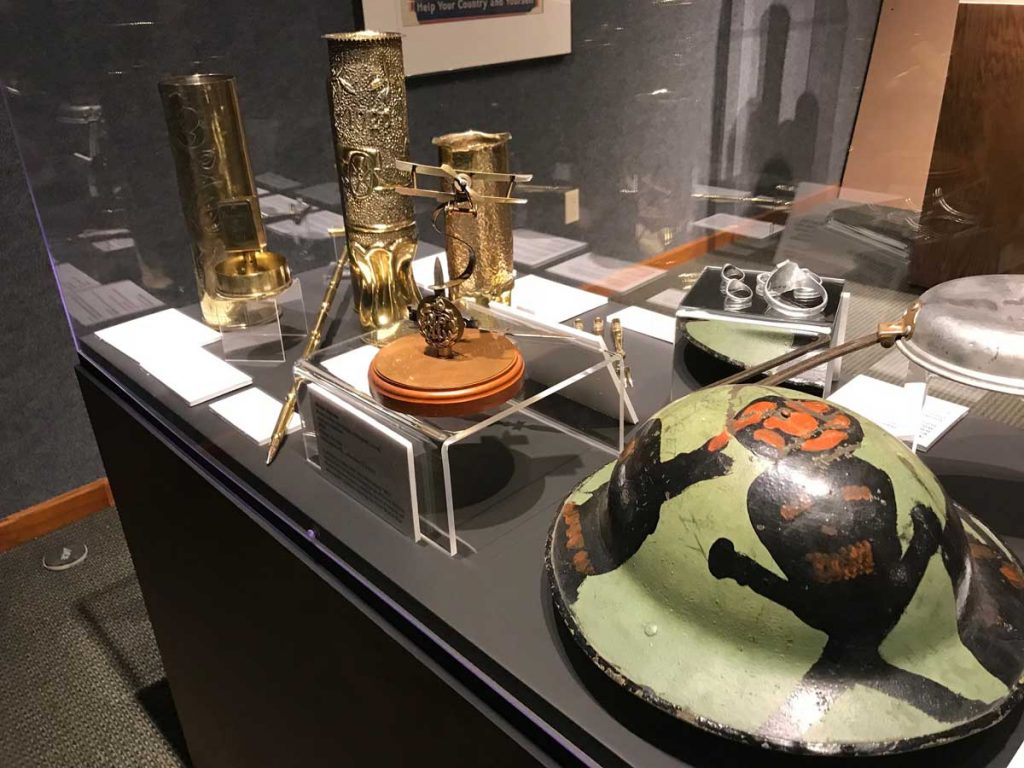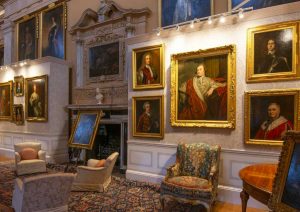
Bulletin #114 - Dec 2017
Great War Trench Art

December 11, 2017
A new exhibit, “From Swords to Plowshares: Trench Art from the Great War,” features more than 110 objects crafted by soldiers and artists from artillery shells, bullets, shrapnel, aircraft parts, currency, and other miscellaneous objects. Called “trench art,” the objects have been transformed into vases, elaborate lamps, cigarette lighters, and ashtrays as well as other artistic works. Folk art designs with elaborate engraving and repoussé work have been incorporated into the works.
“This exhibition shows how dreadful and dangerous tools of war can be transformed into objects of great beauty,” says Sandra L. and Monroe E. Trout Director and Chief Curator Timothy Riley. “The many skilled soldiers and civilians who created these splendid objects during the First World War have left us with shining works of art that have endured long after the smoke of war has lifted.” Trench art from the United States, Great Britain, Hungary, Italy, Germany, France, Canada, Australia, Belgium, and Czechoslovakia are all a part of the exhibition.
A combination of circumstances during wartime led to the production of this art form. Soldiers had long periods of idle time and many of them came from metalworking occupations, so with the abundance of workable material littering the landscape, the work was a natural fit. However, soldiers behind the front lines were not the only group that created these souvenirs. Prisoners of war and convalescent soldiers also made trench art. Indigenous artisans created pieces to be sold as souvenirs to soldiers during the war or their grieving widows and family members visiting post-war battlefields.
The exhibition will be on display at the National Churchill Museum in Fulton, Missouri as part of the United States World War I Centennial until January 31.
Subscribe
WANT MORE?
Get the Churchill Bulletin delivered to your inbox once a month.




